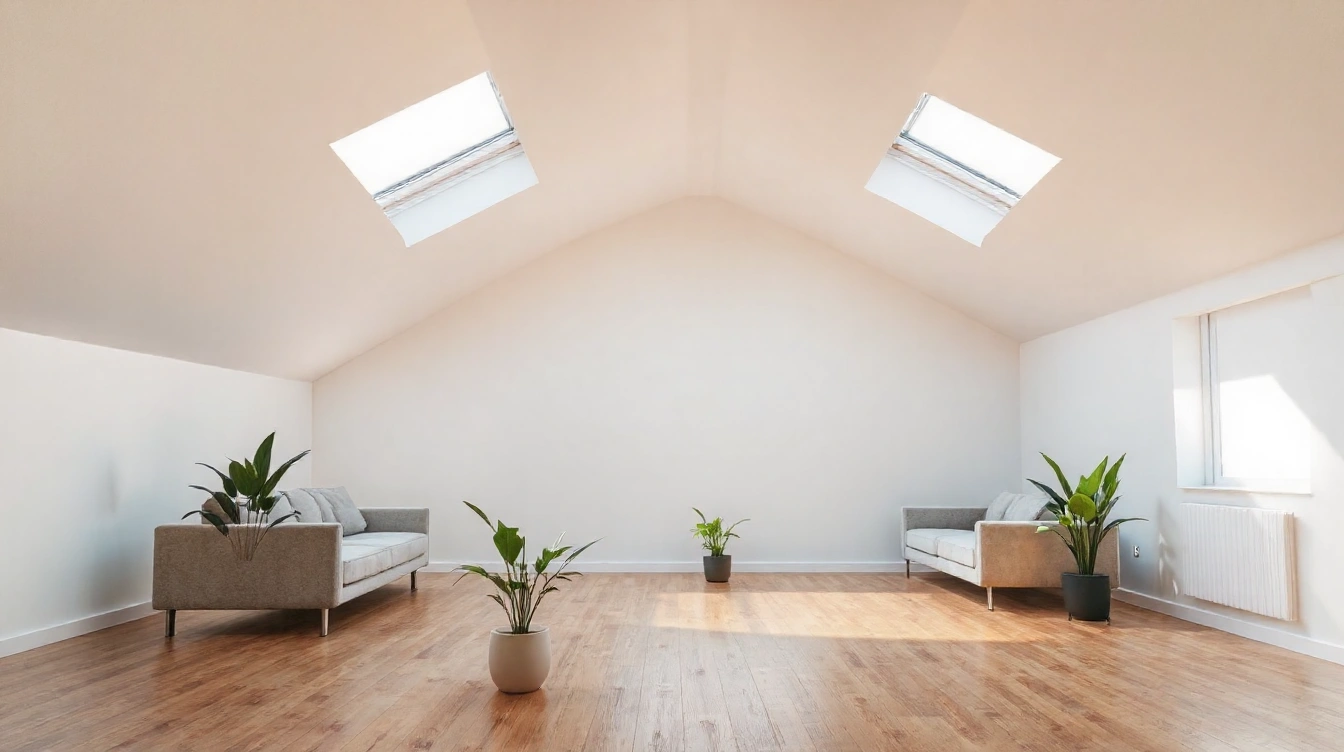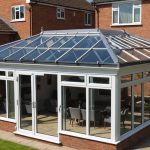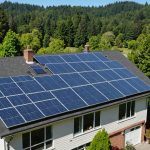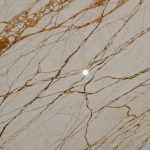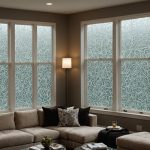Fixed rooflights offer a powerful way to flood interiors with natural light, transforming ambiance and boosting well-being. Unlike traditional windows, their overhead placement ensures even, abundant illumination throughout the day. Thoughtful design and strategic installation let you tailor light flow to suit any room’s function and style, enhancing both aesthetics and energy efficiency. Discover how fixed rooflights can redefine your living or work space by harnessing daylight in the most effective, elegant way possible.
Maximising Natural Light with Fixed Rooflights
Bringing brightness indoors has never been easier.
In the same genre : Monocouche render for stunning walls: advantages and guidelines
Fixed rooflights are a highly effective way to enhance natural light in any space, offering numerous benefits that traditional windows often cannot match. Unlike conventional windows, fixed rooflights are installed on the roof itself, allowing sunlight to enter directly from above. This positioning dramatically increases light penetration, illuminating rooms more evenly throughout the day.
One of the primary benefits of rooflights is their ability to brighten interiors without sacrificing wall space. This is especially valuable in rooms where wall area for windows is limited, such as kitchens, bathrooms, or internal hallways. By flooding these areas with daylight, fixed rooflights not only improve visibility but also create a sense of openness and increased roominess.
Also read : Top budget-friendly carpet cleaners in east kent
The impact of increased natural light extends beyond aesthetics. Studies consistently show that well-lit spaces contribute positively to well-being, enhancing mood, productivity, and even sleep quality. Fixed rooflights harness daylight to transform interiors into inviting environments that support both physical and mental health.
Moreover, fixed rooflights excel in light distribution, outperforming traditional vertical windows. Their placement allows light to penetrate deeper into a room, reducing harsh shadows and creating a more balanced ambiance. This improves not only the visual comfort but also the energy efficiency of the space by reducing the need for artificial lighting during daylight hours.
For those seeking to maximise daylight while maintaining a sleek, unobtrusive design, fixed rooflights present a compelling solution. To explore options tailored to your space, consider the advantages detailed in guides like Fixed Rooflights for Maximum Light.
Design Options for Fixed Rooflights
When selecting rooflight design, understanding the variety of available styles is crucial. Fixed rooflights come in multiple shapes rectangular, square, circular, and even bespoke geometric forms allowing them to complement diverse architectural aesthetics. The size of a fixed rooflight can significantly affect natural lighting levels, so choosing dimensions that balance illumination without compromising structural integrity is essential.
Materials used in rooflight design play a key role in both appearance and performance. Popular options include toughened glass, polycarbonate, and laminated glass, each offering distinct benefits such as durability, insulation, and light diffusion. For instance, toughened glass offers excellent strength and clarity, making it ideal for contemporary designs, while polycarbonate can be lighter and more impact-resistant, suitable for various environmental conditions.
Integrating fixed rooflights into your home requires attention to the broader architectural style and the room’s function. For example, slimline aluminum frames suit modern homes, whereas timber frames can enhance traditional interiors. Rooms like kitchens or bathrooms might benefit from rooflights with frosted or tinted glazing to maintain privacy while maximizing light.
Customisation options allow homeowners to tailor rooflights to their specific needs. You might opt for unique sizes or shapes to fit unusual roof pitches or incorporate particular glass coatings to improve energy efficiency. Additionally, special finishes on frames can blend with interior décor, making fixed rooflights not just sources of light but also design statements.
By carefully considering rooflight design, styles, and customisation, you ensure that the fixed rooflight is more than a skylight it’s an integral architectural feature that transforms your living space.
Installation Considerations and Placement Tips
When planning rooflight installation, several key factors ensure optimal performance and durability. One of the most critical aspects is assessing the existing roof structure. The strength and slope must support the weight and design of the fixed rooflight without compromising integrity. Additionally, ensuring proper weatherproofing is essential to prevent leaks and water damage. This involves selecting high-quality sealing materials and correct fitting techniques tailored to the specific roofing material.
Strategic placement is vital to maximize natural illumination. Position the fixed rooflight on the part of the roof that receives the most sunlight throughout the day. For example, a south-facing orientation typically provides the greatest amount of direct sunlight in the northern hemisphere. However, factors such as nearby trees or buildings that cause shading should also be considered to avoid reducing light penetration.
Safety and access during and after installation must not be overlooked. Work should comply with local building regulations, and installers should use secure scaffolding or fall protection systems. Properly planned placement not only enhances light but also improves ventilation and energy efficiency.
For those seeking to optimize lighting further, exploring options like Fixed Rooflights for Maximum Light can provide additional insights into designing an effective installation. Overall, careful attention to rooflight installation and placement promises enhanced natural light and long-term benefits for building occupants.
Energy Efficiency and Maintenance Requirements
Understanding energy efficiency is essential when considering fixed rooflights. Their design provides excellent insulation benefits, especially when equipped with double glazing. Double glazing significantly reduces heat loss by trapping air between two glass layers, which keeps indoor temperatures stable and cuts down on heating costs over time. This improvement in thermal performance not only enhances comfort but also contributes to notable energy savings.
Maintenance plays a crucial role in ensuring fixed rooflights continue to deliver these benefits. Regular cleaning and inspections prevent the build-up of dirt or debris that can affect light transmission and the integrity of seals. Proper upkeep maximizes the lifespan of the glazing and preserves its energy efficiency. Most fixed rooflights require minimal maintenance compared to other window types, but attention to seals and frame conditions helps avoid costly repairs and maintains peak performance.
Sustainability is another factor influencing modern fixed rooflight choices. Many manufacturers now offer eco-friendly options that incorporate recycled materials or enhanced glazing technologies. These sustainable fixed rooflights reduce a building’s carbon footprint, aligning with environmentally conscious construction and renovation goals. Choosing products with certified energy ratings and sustainable features supports long-term savings and reduces environmental impact, delivering value beyond immediate energy efficiency.
Comparing Fixed Rooflights to Other Skylight Types
When considering rooflight comparison, fixed rooflights stand out for their simplicity and efficiency. Unlike opening skylights, fixed rooflights do not open or ventilate, making them a secure and cost-effective solution for natural light.
How do fixed rooflights differ from other skylight alternatives? Fixed rooflights provide permanent glazing that ensures excellent light diffusion without mechanical parts. In contrast, opening skylights offer ventilation options but include moving components that may increase maintenance needs and cost.
From a security standpoint, fixed rooflights are advantageous. Since they cannot be opened, they reduce vulnerability to intrusions, making them ideal for ground-floor rooms or accessible roofs. Opening skylights, while adding airflow benefits, pose a potential security risk if not fitted with reliable locking mechanisms.
Cost-wise, fixed rooflights are generally less expensive due to their simpler design. They avoid the added expense of hinges, motors, or manual opening hardware. This affordability makes them suitable for large installations or projects on a budget, especially where natural light is the primary concern.
In terms of suitable applications, fixed rooflights excel in rooms such as living areas, corridors, or offices, where daylight is desired without ventilation. Opening skylights suit spaces like bathrooms or kitchens, where air circulation is essential. Choosing the right option depends on the need for light versus airflow, budget, and security priorities.
Inspiring Real-world Applications and Product Recommendations
Explore how fixed rooflights have transformed both homes and businesses, enhancing natural light and aesthetic appeal. In residential settings, these installations have brightened living rooms and kitchens, creating inviting spaces that feel more open and refreshing. Businesses have leveraged fixed rooflights to improve work environments, reducing reliance on artificial lighting and boosting employee well-being.
When selecting fixed rooflights, it’s crucial to consult a reliable supplier guide. Trusted suppliers offer a range of designs and materials, ensuring both quality and energy efficiency. Product recommendations often highlight options with excellent thermal performance, durability, and sleek aesthetics, suitable for various architectural styles.
Visual inspiration plays a key role in understanding the impact of fixed rooflights. Before-and-after photos vividly demonstrate how these features can dramatically change interiors by flooding them with natural light and offering unobstructed views of the sky. Style ideas often incorporate minimalist frames or bespoke shapes to complement modern or traditional spaces.

